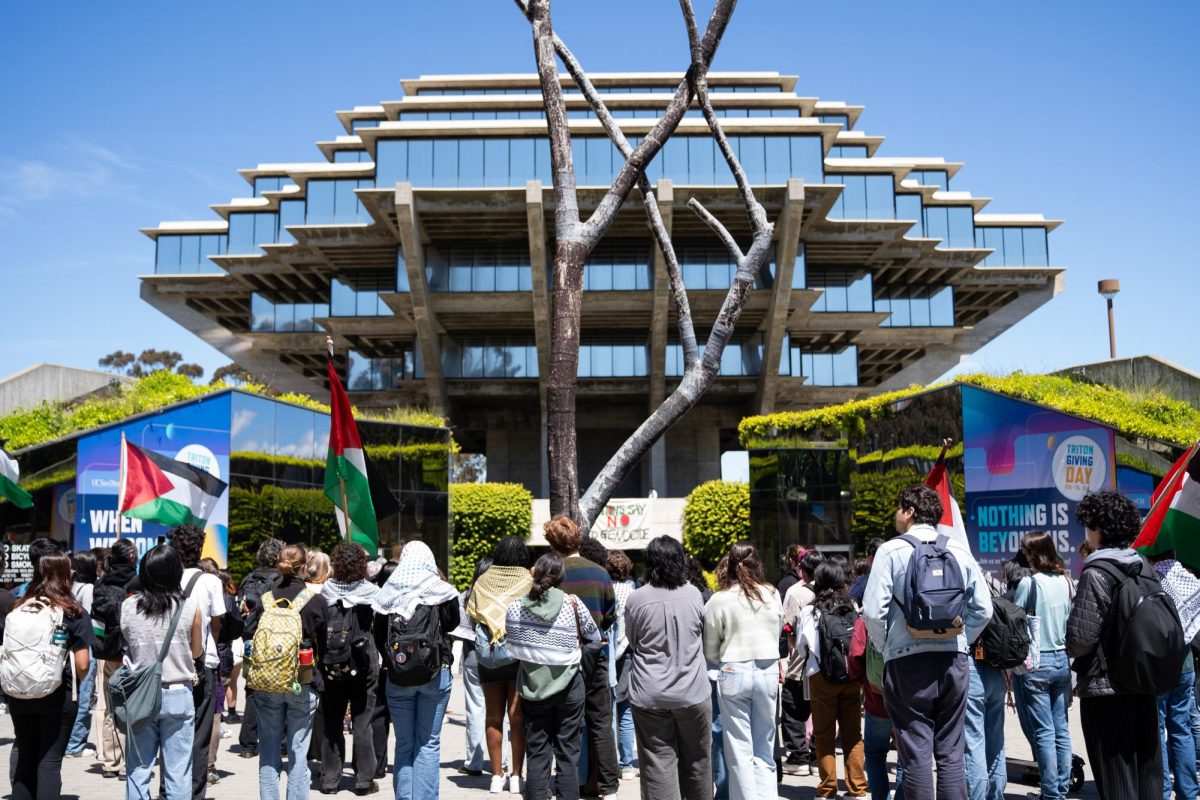The Tomas Rivera Policy Institute released a new study on UC acceptance rates of racial minorities on March 5, adding more fuel to the fiery debate surrounding affirmative action and college admissions.
The study reveals that since the implementation of race-blind admissions in 1998, acceptance rates for Latinos and blacks have fallen dramatically.
According to the study, the overall UC acceptance rate for Latinos dropped 16.5 percent since the end of admissions processes that factor in race. Acceptance of blacks dropped 20.5 percent.
The study also indicates that if 1997 acceptance rates had remained constant, 5,530 more Latinos and 1,829 more blacks would have been accepted to UC campuses in 2002.
“”The TRPI study illustrates what we already know: The UC system has a long way to go to ensure that our student body reflects the rich diversity of California,”” said Lt. Gov. Cruz M. Bustamante in a March 6 statement. Bustamante is an ex-officio member of the UC Regents.
The study’s conclusions come a year after UC officials announced that minority levels at the university have increased.
The disparity arises from the fact that the UC Office of the President examines minority data in terms of number of students enrolled whereas the TRPI study examines minority acceptance rates.
“”Rhetoric and reality don’t match,”” said Dr. Harry Pachon, president of TRPI and one of the authors of the study.
Overall, the study estimates that more than 29,000 Latino and black freshman students who might have otherwise been accepted to the university have been turned away since the adoption of race-blind admissions.
Both Bustamante and the study conclude that the university needs to strengthen its outreach programs to increase diversity at all campuses.
“”I think all of us have kind of known that acceptance rates haven’t gone up,”” said Student Affirmative Action Committee Chair Jennifer Ganata.
Ganata expressed concerns that each student’s background needs to be examined in the admissions process.
“”We need to start looking at people for who they are, what they bring to the table, and what makes them unique and special individuals,”” said John Allison, co-chair of the Conservative Union at UCSD.
Allison pointed out that the report only examines two underrepresented groups out of many that are underrepresented.
“”It’s hard for me to see research institutions like the Tomas Rivera Policy Institute push people into boxes when the trend seems to be people leaving these boxes and saying, ‘I want to be myself,'”” Allison said.
The report used data collected before Standing Policy 1 went into effect as a baseline in the study.
SP-1 was approved by the UC Regents in 1995 and banned the use of race in admissions decisions beginning in fall 1998.
Proposition 209, which bans the use of race, gender and ethnicity in admissions and hiring practices at all state institutions, was approved by California voters in 1996.
In late 2001, the Regents rescinded SP-1 and enacted a new admissions policy called comprehensive review, which went into effect in fall 2002.
Although Proposition 209 still bans the use of race in admissions, comprehensive review allows individual campuses to make admissions decisions based on a broad variety of academic and personal qualities.
UCSD was mentioned in the report for making the most notable gains in minority acceptance rates since the implementation of comprehensive review.
However, rates at all UC campuses are still well below pre-SP-1 levels.
In addition to falling acceptance rates of minorities, the report indicates that minorities also make up an increasingly smaller percentage of the student body.
The percentage of Latino students accepted at UC Berkeley before race-blind admissions was 14.6 percent. In 2002, the number fell to 13 percent. Blacks fell from 7.8 to 3.9 percent during the same period.
Although the study points to recent changes in UC policy, the university has been directly involved in the affirmative action debate for years.
In 1978, the U.S. Supreme Court decided in Regents of the University of California v. Bakke that racial quotas used in the admission program to UC Davis Medical School are unconstitutional.
The decision went on to clarify that race can still be used as a “”plus factor”” in admissions as long as it serves a compelling state interest and is narrowly tailored to achieve that interest.
In response, many universities developed a system that awards points to minorities during the selection phase.
The practice of adding points to minorities by the University of Michigan is being challenged in the U.S. Supreme Court in April. The court’s decision, which is expected before July of this year, will clarify the role race can play in admissions.
TRPI is named after former UC Riverside Chancellor Tomas Rivera. The institute is a freestanding, nonprofit policy research organization that collects and analyzes data relating to Latino populations throughout the United States.
The full text of the study can be viewed at http://www.trpi.org.







